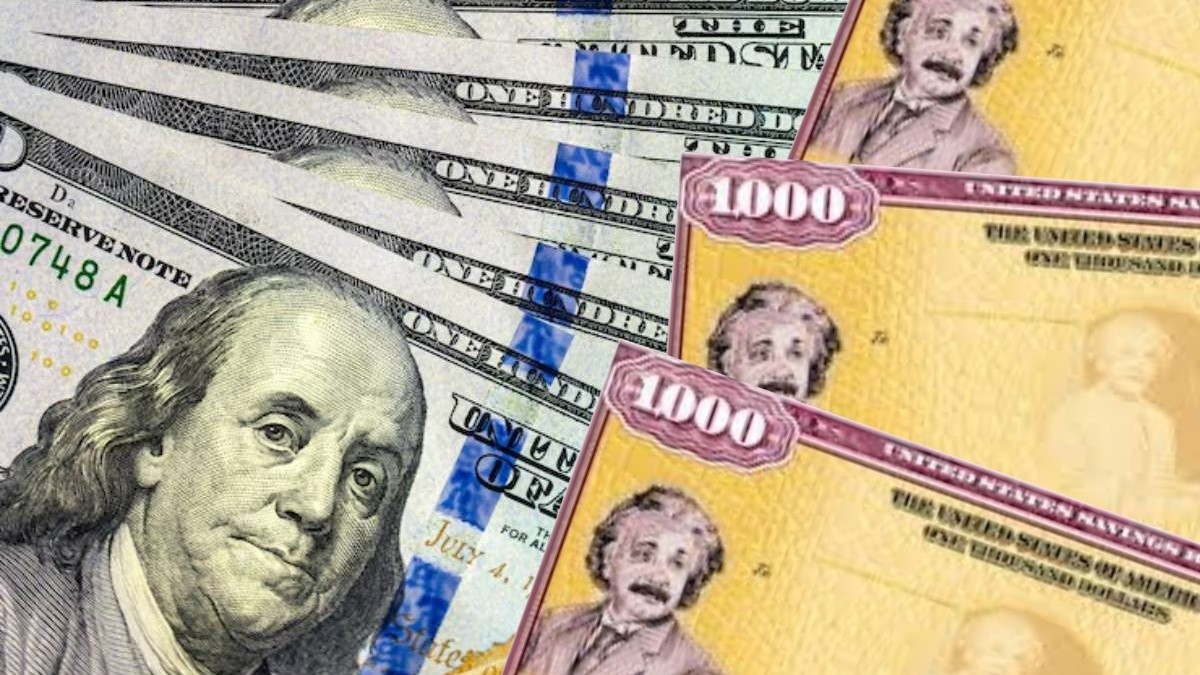Treasury Boosts I-Bond Rates: When the Change Happens and How You Can Benefit

The U.S. Treasury has revealed updated interest rates for Series I Bonds , taking effect from May 1 through October 31. These bonds, strongly tied to inflation, will now provide an annual interest rate of 3.98% This represents an uptick from the earlier rate of 3.11%, which had been effective since November 1, 2024. Nonetheless, the newly established rate remains below the 4.28% that was applicable up until October 2024, highlighting the fluctuating characteristics of inflation-indexed bonds.
The revised rate includes a fluctuating part of 2.86% And a constant element of 1.10%. It's worth noting that the fixed part has been lowered from the previously stated 1.20% back in October. Even with this decrease, specialists believe that the fixed rate still appears appealing for individuals contemplating long-term investments because it offers a steady returns aspect despite varying inflation levels.
In history, the I-Bond yield hit an all-time peak of 9.62% back in May 2022. Following this spike, the yield dropped considerably. Nonetheless, the bond’s fixed-rate portion still presents attractive opportunities for those aiming to protect their investments from inflation over extended periods. Given today’s financial environment and rising price levels, this feature holds particular allure for prospective buyers.
The interest rates for I Bonds consist of both a variable and a fixed part, which the Treasury recalibrates every six months, specifically in May and November. These two parts combine to create what is referred to as the " composite rate " or "earnings rate," determining the interest paid to bondholders over a six-month period. This structure allows investors to benefit from inflation adjustments while maintaining a degree of predictability.
The adjustable rate correlates with inflation and stays unchanged for half a year after the acquisition date, irrespective of later pronouncements from the Treasury. Conversely, the fixed rate is established when you buy into it and doesn’t fluctuate, offering a consistent yield aspect. The process used by the Treasury to modify the fixed rates isn’t revealed publicly, which introduces an unpredictable factor to this type of investment.
At what point does it shift, and when do you emerge as the victor?
If you bought I Bonds in March, your starting variable rate would have been set at 1.90%. For the first half-year following your purchase, this rate stays steady. From September onwards, however, the variable rate adjusts itself to the updated figure of 2.86%, reflecting changes based on inflation data according to the Treasury’s schedule. Meanwhile, your fixed rate remains locked at 1.20% over the entire duration of the bond. By merging both these interest rates together, your combined composite rate becomes 4.06%, which guarantees an ongoing protection against inflation with zero further steps needed from your side.
Check:
Trump wants to end the federal home office
15 alterations made to Social Security in 2025 that might surprise you
Post a Comment for "Treasury Boosts I-Bond Rates: When the Change Happens and How You Can Benefit"